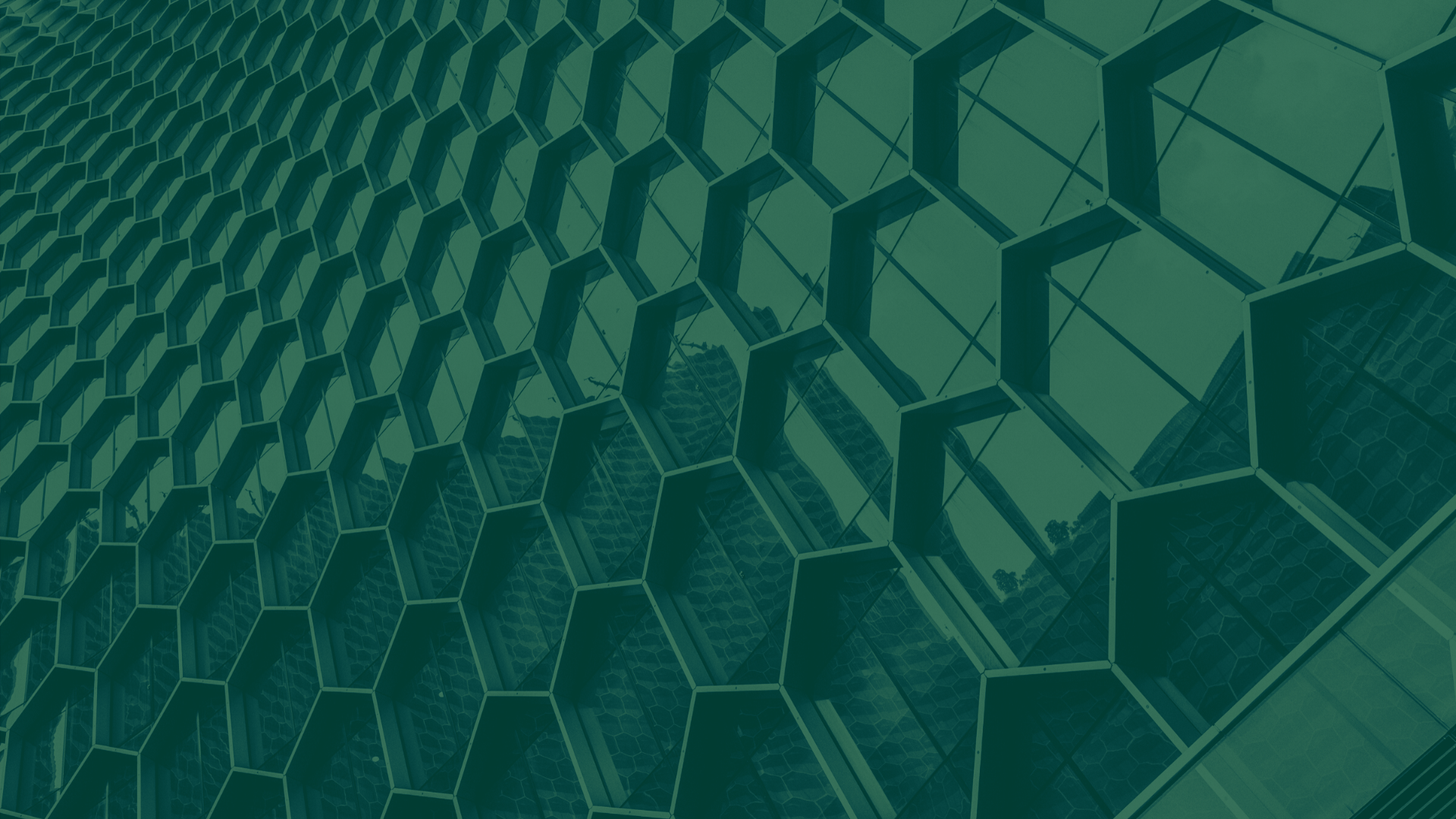Bridging the Gap to Ensure Universal Access to Resources
Disasters, whether natural or artificial, do not discriminate in their occurrence, but their impacts are far from equal. In the Philippines and around the world, marginalized communities bear the brunt of these calamities, suffering disproportionate losses due to long-standing social inequalities. Ensuring that all communities have access to resources before, during, and after disasters is not just a matter of logistics—it’s a matter of justice.
The Stark Reality in the Philippines
In many cases, vulnerable communities in the Philippines—those already grappling with poverty, inadequate housing, limited access to healthcare, and systemic discrimination—face exacerbated challenges when disasters strike. Typhoon Yolanda (Haiyan) in 2013 is a stark example, where low-income and rural communities experienced devastating losses and struggled significantly in the aftermath. The home’s process highlighted deep-rooted disparities in disaster preparedness, response, and recovery efforts.
International Examples of Inequity
Globally, similar patterns emerge. In the United States, Hurricane Katrina in 2005 disproportionately affected low-income and predominantly African American neighborhoods in New Orleans. The lack of efficient evacuation plans and delayed aid response for these communities underscored systemic racial and economic inequalities.
In 2010, Haiti’s earthquake had a catastrophic impact, particularly on impoverished communities. The country’s poor infrastructure and lack of resources exacerbated the disaster’s effects, leading to prolonged suffering and slow recovery efforts.
In Australia, the 2020 bushfires highlighted the vulnerability of remote indigenous communities. These communities faced significant challenges due to isolation, lack of infrastructure, and limited access to emergency services, exacerbating their risk and complicating recovery efforts.
Unequal Vulnerability
Several factors contribute to the heightened vulnerability of marginalized communities:
- Economic Disparities: Low-income families often live in areas more susceptible to flooding, landslides, or storm surges. For example, informal setHere’sts in coastal regions of Metro Manila and Cebu in the Philippines, or the Ninth Ward in New Orleans, are particularly vulnerable to disasters.
- Housing Inequality: Poorly constructed or maintained housing is more likely to be damaged or destroyed in a disaster, as seen in Tacloban City during Typhoon Yolanda and Port-au-Prince during the Haiti earthquake.
- Healthcare Access: Limited access to healthcare means that chronic conditions can worsen during a disaster, and the ability to receive timely medical attention is compromised. Rural areas in the Philippines, like Eastern Samar, and isolated indigenous communities in Australia often lack adequate healthcare facilities.
- Information Barriers: Language barriers and lack of access to reliable information sources can prevent home communities from receiving timely warnings and updates, hindering their ability to respond effectively. Indigenous communities, such as the Aeta in Zambales or communities in Australia, often face these challenges.
Steps Toward Equity
Addressing these disparities requires a multifaceted approach:
- Inclusive Planning: Disaster preparedness plans must be inclusive, considering the unique needs of all community members. For instance, involving community leaders from vulnerable areas like Tondo in Manila and disaster-prone provinces like Leyte can ensure their voices and they are heard. Internationally, involving community leaders from places like the Ninth Ward in New Orleans or remote Indigenous communities in Australia is crucial.
- Resource Allocation: The equitable distribution of resources is vital. Governments and aid organizations must prioritize the delivery of aid to the most vulnerable communities. After Typhoon Odette (Rai) in 2021, efforts were made to reach remote areas in Surigao del Norte and Dinagat Islands, emphasizing the need for a more consistent approach. Similarly, post-Katrina efforts eventually included targeted aid to rebuild New Orleans’ most affected neighborhoods.
- Improved Infrastructure: Investing in resilient infrastructure can significantly reduce vulnerability. Programs like the Philippine Resiliencehome’sct aim to upgrade housing, improve drainage systems, and ensure critical facilities like hospitals and schools in areas like Bicol and Mindanao are built to withstand disasters. In Haiti, international aid has focused on rebuilding infrastructure to withstand future earthquakes better.
- Healthcare Access: Strengthening healthcare systems in marginalized communities can save lives during disasters. Initiatives such as deploying mobile clinics in disaster-hit areas like those seen after the Taal Volcano eruption in Batangas can bridge the gap. Similar initiatives have been seen globally in Australia, where mobile health units were deployed to aid bushfire-affected Indigenous communities.
- Education and Awareness: Empowering communities through disaster preparedness and response education can make a substantial difference. Tailored programs that consider cultural and linguistic diversity can ensure that everyone can protect themselves and their families. For example, disaster preparedness workshops tailored for the indigenous peoples in Cordillera have proven effective. In the US, programs to educate low-income and minority communities about disaster preparedness have gained traction.
- Isotherm Support: Recovery does not end once the immediate danger has passed. Long-term support, including financial assistance, mental health services, and community rebuilding efforts, is essential for helping communities recover and become more resilient. After the siege, the rehabilitation efforts in Marawi City highlight the importance of sustained support for rebuilding lives and infrastructure. Similarly, long-term recovery from HurriHere’saria in Puerto Rico involves rebuilding infrastructure and supporting protected communities.
Equity is not a luxury but a necessity in the face of disaster. As climate change continues to increase the frequency and intensity of natural disasters, the urgency of addressing social inequalities becomes even more pressing. Governments, non-governmental organizations, and the private sector must collaborate to create a robust, inclusive disaster preparedness and response framework.
It must be recognized that a community’s resilience is only as strong as that of its most vulnerable members. By ensuring that all communities in the Philippines and let’s have access to the resources they need, we can create a more just and resilient society. It’s time to turn our attention to those who have been historically overlooked and take decisive action to protect and empower them.
The next disaster will inevitably come. How we prepare for it now will determine not just the survival of our communities but the strength and unity with which we emerge from it. Equity in disaster preparedness is not merely an option but a moral imperative


